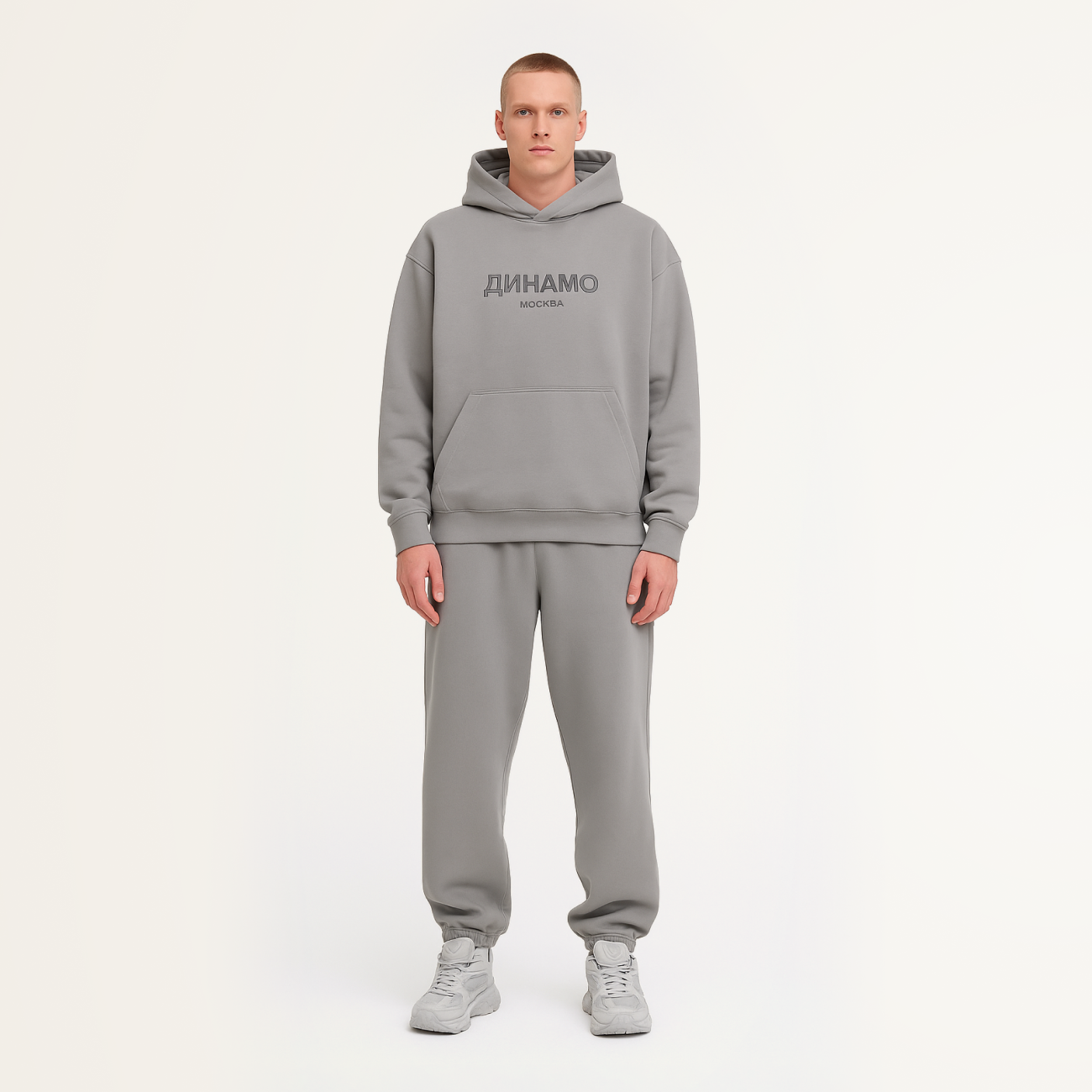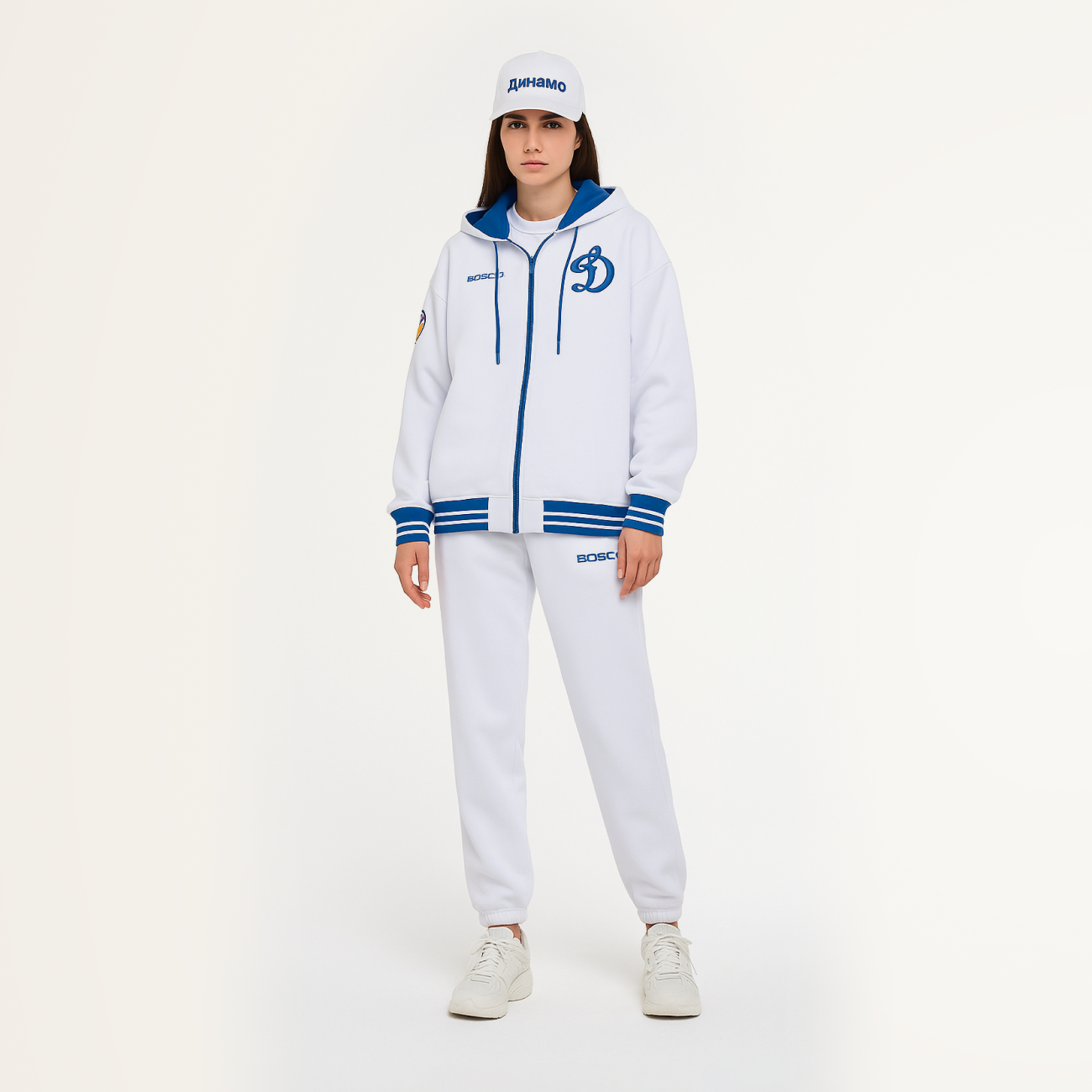Sport
Sporty style has become a symbol of comfort, functionality, and ease. Its philosophy is rooted in the need for freedom of movement, a commitment to a healthy lifestyle, and practicality. This style originated in an active environment but quickly became a part of everyday fashion, where comfort is not only about convenience — it's also a way to express oneself.
History
The history of sporty style begins with the women’s rights movement and the first prototypes of clothing adapted for physical activity. Suffragettes, striving for comfort and independence, invented the first practical suits. In the mid-19th century, Amelia Bloomer, editor of a feminist newspaper, introduced a new look—shortened dresses with ankle-length bloomers. Later, British cyclist Lady Harberton wore a suit with breeches, which drew public ridicule. These pioneering ideas laid the foundation for sporty style and the fight for freedom in women’s fashion.
With the Art Deco era, sport became associated with physical beauty and the aesthetics of a healthy body. This period marked a fashion revolution that celebrated a slim figure and suntanned skin, as sports like tennis, swimming, and athletics gained popularity. Coco Chanel introduced elements of men's fashion into sporty style, creating stylish and comfortable garments from jersey, once considered a “simple” fabric. Elsa Schiaparelli experimented with swimsuits, while Jean Patou became a pioneer in tennis fashion, designing a short-sleeved, knee-length dress for Suzanne Lenglen that became a symbol of elegance and practicality.
Gradually, sporty style gained wide popularity. The Duke of Windsor popularized colorful patterned sweaters, and French sports enthusiast Madeleine de Rauch introduced practical jumpsuits, flannel shirts, and jersey leisurewear, which gained global recognition. Knitwear, linen, and soft fabrics entered everyday fashion, becoming a symbol of a new generation seeking both comfort and style.
By the 1940s, jersey—previously seen as working-class fabric—had become fashionable in a comfort-oriented society. Designers skillfully worked with the material to create cardigans, sweaters, and jersey suits. Olympic champion Annemarie Bonfoh also influenced sporty style, designing ski suits that captivated fashion editors.
In the 1950s, sporty style became popular among youth, particularly students from elite colleges who played polo, tennis, and golf. The preppy style, combining sporty and casual elements, became a new symbol of confidence and class.
Sporty style firmly established itself in fashion when Marilyn Monroe appeared in a sports outfit in a film. By the 1970s, Ralph Lauren launched his Polo Ralph Lauren line, blending sports and casualwear. His polo shirts became a sporty fashion icon, and the expanded color palette (24 shades) redefined the concept of sportswear.
In the 1980s, sports became central to popular culture. The rise of aerobics, fitness, and active lifestyles sparked an explosion of interest in athletic fashion. Jane Fonda released her aerobics video, and the world embraced healthy living, ushering in leggings, headbands, and sneakers as essential fashion items. Nike launched its iconic Air Jordans in collaboration with Michael Jordan, which became a cult favorite among youth and hip-hop fans.
By the 1990s, sporty style became closely associated with hip-hop culture and streetwear. Rappers popularized tracksuits, sneakers, and hoodies, turning them into everyday style symbols. Fashion began to blend luxury and sport, creating unique looks that were soon adopted by high-end brands through sporty luxury collections.
In the early 2000s, athleisure emerged, merging sports and everyday fashion. Clothing became more versatile, with athletic wear now acceptable for both workouts and casual outings. Juicy Couture’s velour tracksuits became iconic, especially among celebrities and youth.
With the rise of athleisure in the 2010s, sporty style became a wardrobe staple for many. This trend solidified during the COVID-19 pandemic, when comfort and practicality became top priorities. Today, sporty style is not only about ease of movement but also a form of self-expression. Garments with technological features—breathable fabrics, water-resistant and quick-dry materials—have become standard in everyday fashion.
Sporty style has come a long way—from specialized sportswear to a full-fledged cultural and fashion movement, blending comfort, aesthetics, and versatility, and becoming an integral part of everyday life around the world.
Signature elements of the style
Color palette
The color palette can be any.
Prints
In sportswear style, brand logos, stripes, and geometric patterns are popular. Abstract and floral prints are also sometimes found, adding a touch of lightness and originality to sports garments.
Textures
Fabrics used in sports style are highly technological — nylon, polyester, spandex, microfiber, and mesh, which provide breathability, moisture resistance, and elasticity. Natural fabrics such as cotton are also common.
Cuts & silhouette
Loose and functional silhouettes are typical, allowing for ease of movement. Elongated designs, oversized fits, cropped tops, elastic-waist pants, and hooded jackets are also popular.
Wardrobe essentials
- Tracksuits — one of the key symbols of the style, consisting of comfortable pants paired with a jacket or sweatshirt.
- T-shirts and tank tops — with logos, neutral tones, or bold accents.
- Sneakers and trainers — a central element of the look, emphasizing an active lifestyle.
- Hoodies and sweatshirts — practical and comfortable, often featuring hoods and pockets.
- Shorts and leggings — ideal for sporty or relaxed outfits.
- Bomber jackets and windbreakers — add a dynamic touch and provide protection from the elements.
Substyles
- Sport-Chic — a style that blends athletic and elegant clothing. Sports elements like leggings or sneakers are paired with more feminine, glamorous pieces.
- Athleisure — a fusion of sportswear and casual wear. The focus is on comfort, while the looks are suitable for both workouts and urban outings.
Email: support@belt-app.com


















